PROM2 overexpression induces metastatic potential through epithelial-to-mesenchymal transition and ferroptosis resistance in human cancers
- PMID: 38515278
- PMCID: PMC10958126
- DOI: 10.1002/ctm2.1632
PROM2 overexpression induces metastatic potential through epithelial-to-mesenchymal transition and ferroptosis resistance in human cancers
Abstract
Introduction: Despite considerable therapeutic advances in the last 20 years, metastatic cancers remain a major cause of death. We previously identified prominin-2 (PROM2) as a biomarker predictive of distant metastases and decreased survival, thus providing a promising bio-target. In this translational study, we set out to decipher the biological roles of PROM2 during the metastatic process and resistance to cell death, in particular for metastatic melanoma.
Methods and results: Methods and results: We demonstrated that PROM2 overexpression was closely linked to an increased metastatic potential through the increase of epithelial-to-mesenchymal transition (EMT) marker expression and ferroptosis resistance. This was also found in renal cell carcinoma and triple negative breast cancer patient-derived xenograft models. Using an oligonucleotide anti-sense anti-PROM2, we efficaciously decreased PROM2 expression and prevented metastases in melanoma xenografts. We also demonstrated that PROM2 was implicated in an aggravation loop, contributing to increase the metastatic burden both in murine metastatic models and in patients with metastatic melanoma. The metastatic burden is closely linked to PROM2 expression through the expression of EMT markers and ferroptosis cell death resistance in a deterioration loop.
Conclusion: Our results open the way for further studies using PROM2 as a bio-target in resort situations in human metastatic melanoma and also in other cancer types.
Keywords: breast cancer; epithelial‐to‐mesenchymal transition; ferroptosis resistance; melanoma; metastases; prominin‐2; renal cancer.
© 2024 The Authors. Clinical and Translational Medicine published by John Wiley & Sons Australia, Ltd on behalf of Shanghai Institute of Clinical Bioinformatics.
Conflict of interest statement
The authors declare that they have no competing interests.
Figures
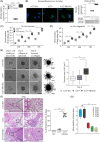
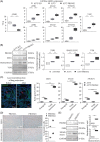
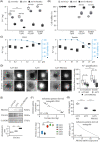
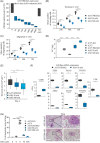

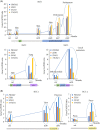

References
-
- Robert C, Grob JJ, Stroyakovskiy D, et al. Five‐year outcomes with dabrafenib plus trametinib in metastatic melanoma. N Engl J Med. 2019;381(7):626‐636. - PubMed
-
- Serra‐Bellver P, Versluis JM, Oberoi HK, et al. Real‐world outcomes with ipilimumab and nivolumab in advanced melanoma: a multicentre retrospective study. Eur J Cancer. 2022;176:121‐132. - PubMed
-
- Fargeas CA, Florek M, Huttner WB, Corbeil D. Characterization of prominin‐2, a new member of the prominin family of pentaspan membrane glycoproteins. J Biol Chem. 2003;278(10):8586‐8596. - PubMed
Publication types
MeSH terms
Substances
LinkOut - more resources
Full Text Sources
Medical
Molecular Biology Databases
